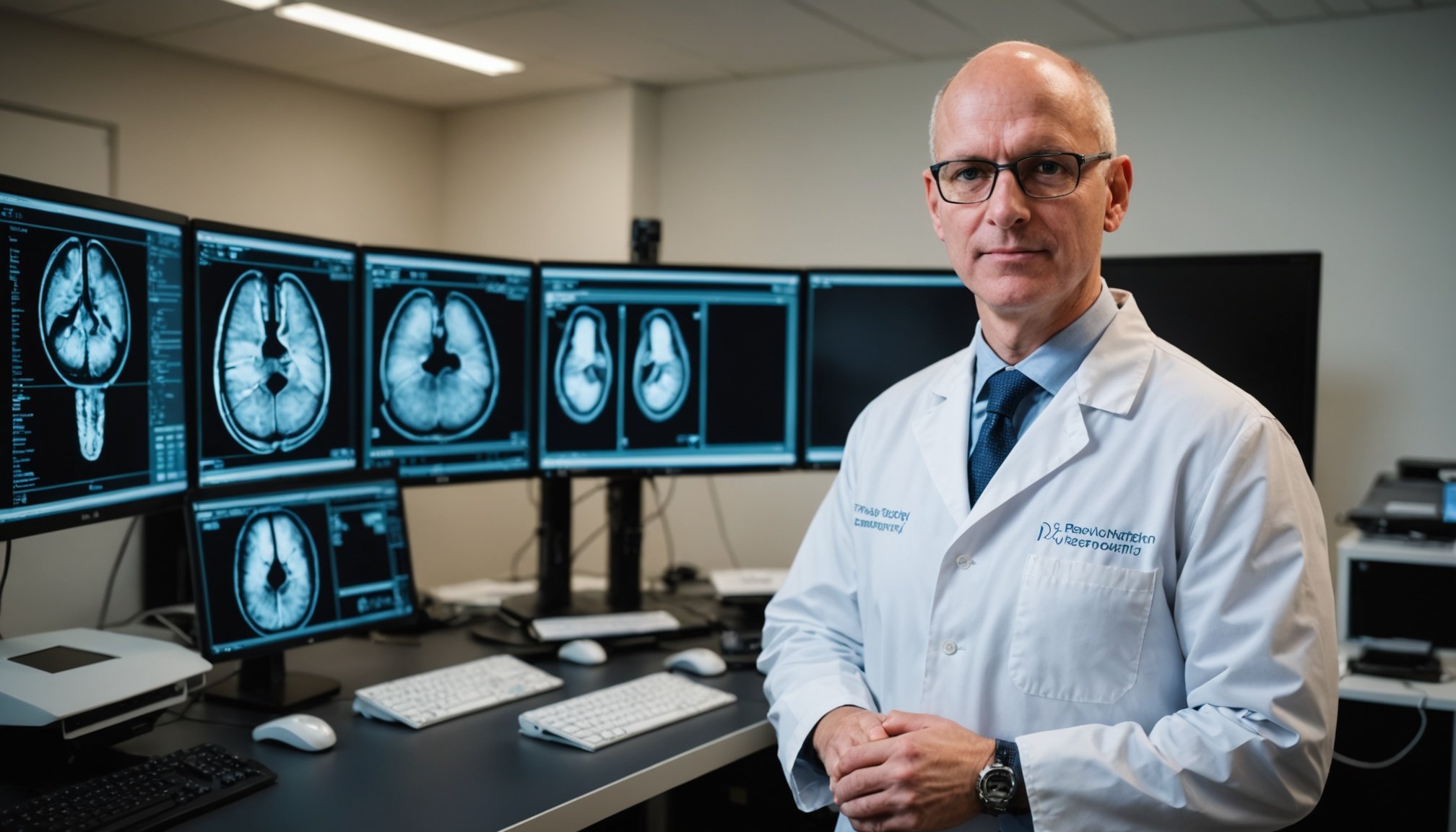Overview of Innovative Imaging Techniques
In the pursuit of improving cancer detection methods, the healthcare industry has embraced advanced imaging technologies. These techniques have significantly enhanced the accuracy and efficacy of early diagnosis, which is crucial for improving patient outcomes. Early detection of cancerous cells often leads to more effective treatments, potentially increasing the chances of remission and survival.
The UK has been at the forefront of adopting these advanced imaging technologies. UK radiologists are utilizing cutting-edge tools and methods to refine diagnostic processes. This includes integrating technologies like Fusion Imaging, which combines multiple imaging modalities for a comprehensive view, and Spectral Computed Tomography, promising enhanced tissue characterisation. Such innovations offer radiologists detailed insights into tumour morphology and metabolic activity.
Moreover, the development of Artificial Intelligence (AI) in imaging offers promising benefits. AI algorithms are now designed to support cancer detection methods by identifying patterns that may be invisible to the human eye. This automation not only aids in precise detection but also streamlines the workflow of radiologists, facilitating faster and more accurate results. With these advancements, the radiology community in the UK is poised to make significant strides in diagnosing and treating cancer effectively.
Cutting-Edge Imaging Technologies in the UK
Innovations in UK radiology are transforming the landscape of cancer diagnosis, offering unprecedented accuracy and efficiency. These latest imaging advancements equip radiologists with cutting-edge tools, enhancing their ability to detect and interpret cancerous cells early.
Also to read : Revolutionizing gynecological surgery: a comprehensive guide to the latest robotic innovations for uk surgeons
Magnetic Resonance Imaging (MRI) Enhancements
MRI technology developments have revolutionised cancer detection by providing clearer, higher-resolution images. These improvements allow for more precise identification of tumours, facilitating early interventions. Case studies highlight significantly improved diagnosis rates, underscoring the effectiveness of upgraded MRI systems in clinical settings.
Positron Emission Tomography (PET) Developments
Recent innovations in PET scans have furthered cancer diagnostic capabilities. Comparisons between conventional and modern PET techniques reveal superior detection of cancer cells with newer methods. Statistical data showcases a considerable increase in diagnostic precision, empowering clinicians with robust insights into tumour activity.
Computed Tomography (CT) Innovations
In CT imaging, innovative algorithms and software have enhanced image quality, aiding radiologists in accurate diagnosis. Examples from UK hospitals integrating these advanced technologies illustrate the tangible benefits of improved imagery in patient care. These UK radiology innovations not only streamline diagnostic processes but also support healthcare professionals in delivering targeted treatments effectively.
Advantages of Innovative Techniques Over Traditional Methods
In contrast to traditional methods, the benefits of advanced imaging in cancer detection are notably significant. One primary advantage is the increased accuracy, resulting in reduced false positives and negatives. This precision in identifying cancerous cells impacts the effectiveness of treatment plans. By reducing incorrect diagnoses, patients experience more reliable prognoses and treatment outcomes.
Another noteworthy benefit is the enhanced patient experience. Advanced imaging techniques often lead to shortened wait times for results. Patients now receive quicker diagnosis, facilitating prompt initiation of treatment. This rapid response in UK healthcare often results in improved overall patient satisfaction.
Cost-effectiveness is an additional advantage. While the initial investment in new technologies may be high, the long-term benefits include lower operational costs due to fewer unnecessary treatments and hospital visits caused by earlier, accurate diagnosis. Hospitals find these technologies reduce expenditures over time, maximizing resource utilization and saving costs.
Furthermore, advances in imaging contribute to the streamlining of radiological workflows. Experts emphasize that these technologies refine operations, enabling healthcare providers to deliver more efficient and targeted care. Through these enhancements, UK radiology is paving the way for a future where cancer detection is more effective and accessible.
Real-World Applications and Case Studies
Innovative imaging techniques in UK radiology practices are showcasing their transformative potential through compelling case studies in cancer detection. These real-world applications highlight how advanced methods are being successfully integrated into clinical settings, improving diagnostic accuracy and patient outcomes.
Successful Implementation of New Techniques
Several UK hospitals and clinics have adopted innovative imaging methods, demonstrating remarkable results. The Royal Free Hospital, for instance, reported enhanced diagnostic accuracy with cutting-edge imaging, facilitating early cancer detection and treatment. Healthcare professionals have noted a significant improvement in patient outcomes, with faster recovery and higher remission rates.
Qualitative feedback from radiologists underscores the benefits of these new technologies. Radiologists appreciate the precise imaging capabilities that allow them to tailor treatment plans more effectively. Enhanced detection rates and reduced diagnostic errors reflect the profound impact on patient care and satisfaction.
Collaborative Research Efforts
Partnerships between radiology departments and research institutions are key to advancing imaging technologies. Collaborative efforts have led to breakthroughs in clinical trials, strengthening the practical application of novel imaging techniques. Research findings contribute significantly to clinical practice, informing updated protocols and guidelines.
These collaborations not only enhance UK radiology practices but also set a precedent for future advancements. The continuous flow of knowledge between researchers and practitioners promises ongoing improvements in cancer diagnosis and treatment, profoundly benefiting patients across the nation.
Expert Opinions on Future Directions
The future of cancer imaging in the UK is shaped by visionary insights from leading radiologists and industry experts. These professionals provide a forward-looking perspective on potential advancements in imaging technology. As technology continues to evolve, experts anticipate further enhancements in precision and efficiency, emphasizing the integration of AI and machine learning into diagnostic practices.
Radiologists envision a future where cancer detection methods are increasingly personalized, allowing for tailored treatment approaches. This involves leveraging advanced imaging technologies to discern individual variations in tumour characteristics. The aspiration is to achieve treatment plans that cater specifically to each patient, improving outcomes and reducing unnecessary interventions.
Experts also highlight the necessity for ongoing research and development. Advancements in UK radiology will likely focus on better understanding the biological underpinnings of different cancer types through imaging. This will require innovative approaches to data analysis and visualisation, enabling healthcare professionals to make more accurate assessments.
In conclusion, the future of cancer imaging in the UK appears bright, with continuous advancements promising to refine and augment current diagnostic capabilities. These developments are poised to revolutionise not only the detection of cancer but also its treatment, offering hope for improved patient outcomes.

